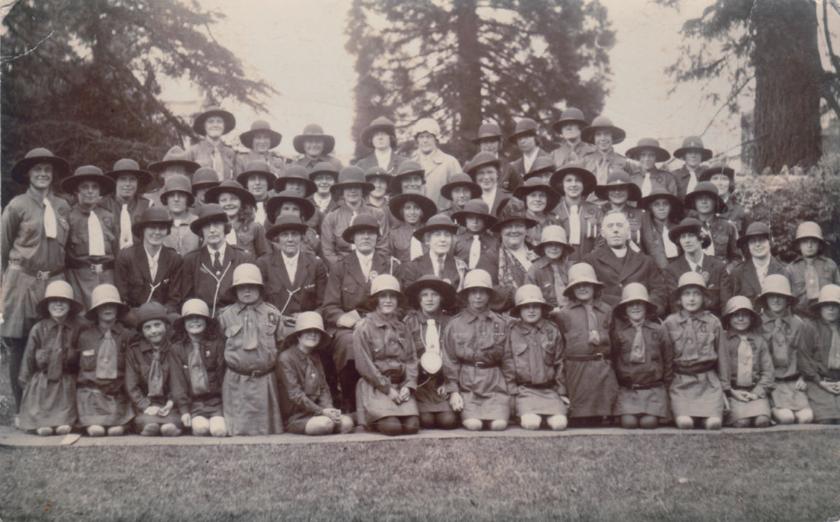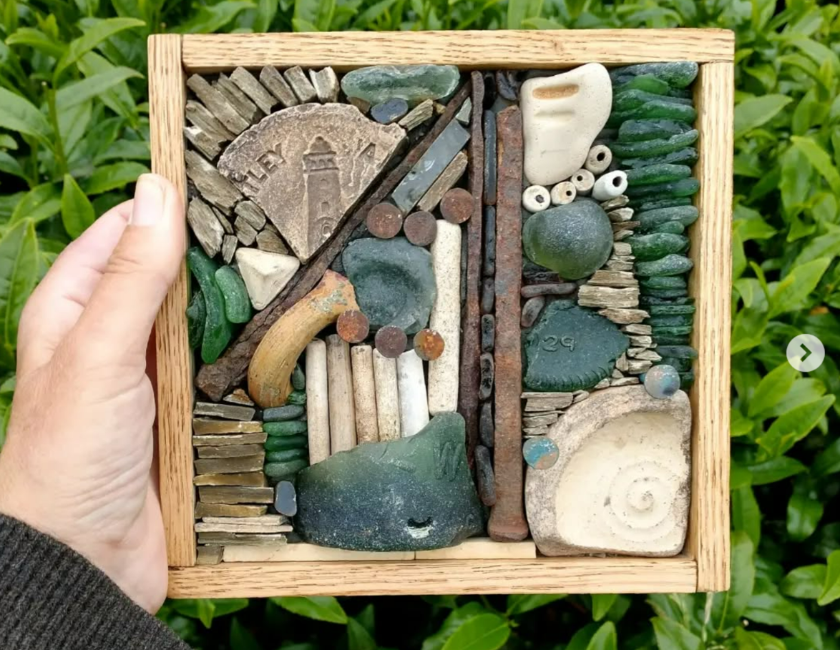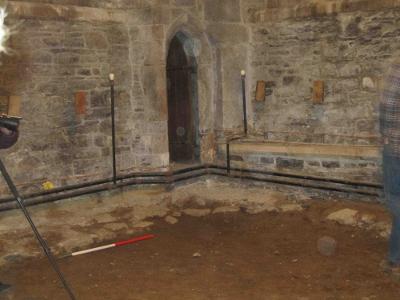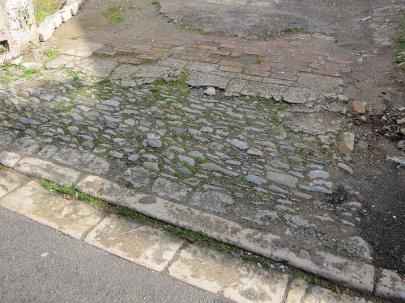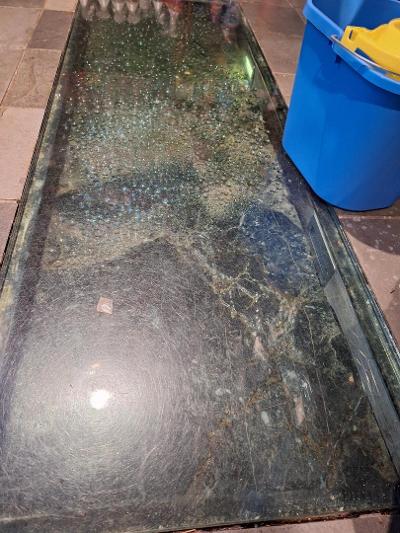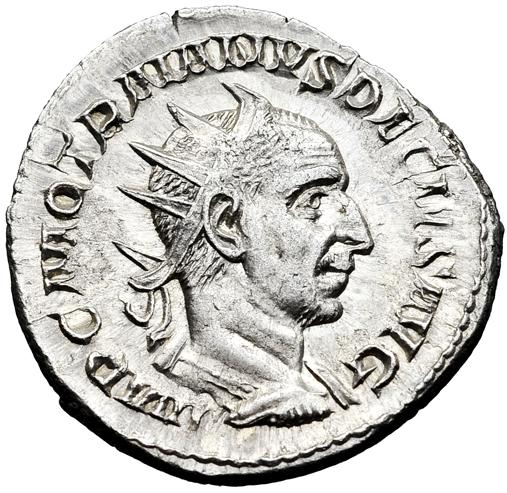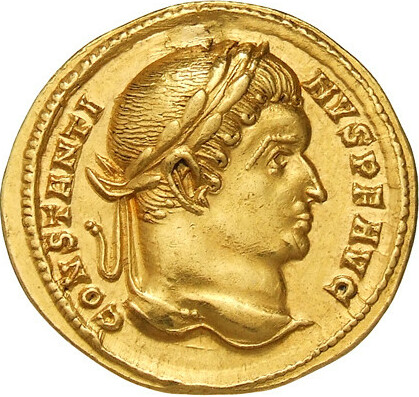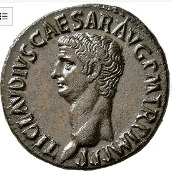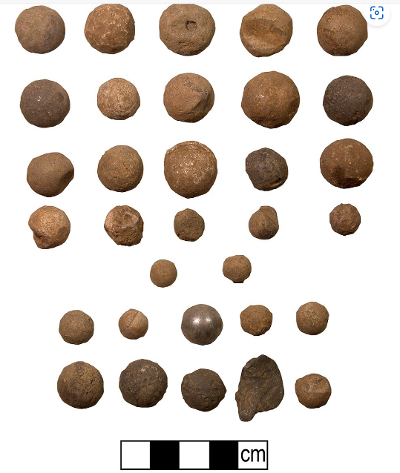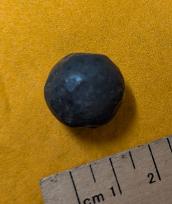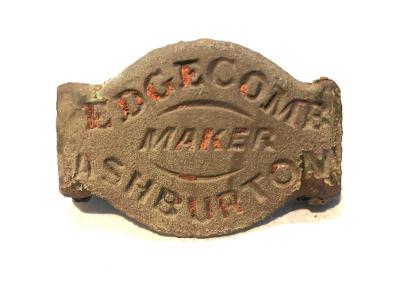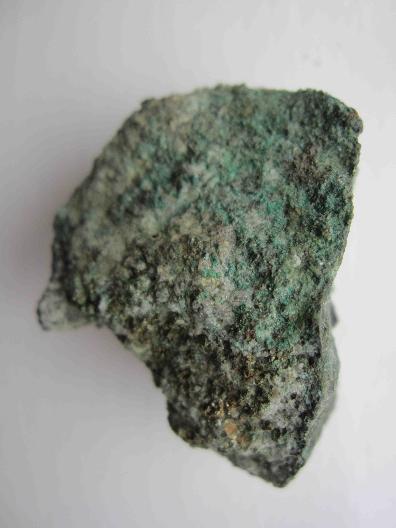'The frequent finds of Roman coins in old cob walls, and in sinking foundations and wells, seem to point to a very early occupation of [Ashburton's] present site...'
P F S Amery, Sketch of Ashburton and the Woollen Trade, Report and Transactions of the Devonshire Association, vol 8, Plymouth, 1876, p323
Amongst an exhibition of antiquities at the Ashburton Institute in 1884 was a silver denarius of Decius 250AD, from old buildings opposite Dr. Gervis' house*; 3 brass coins of Constantine, from the same buildings; 3 other brass coins and another Roman coin.
Totnes Weekly Times 13 December 1884, p4 col3
*In 1891 Walter S Gervis, MD and General Practitioner, was living in West Street, a few properties up from the Exeter Inn.
1891 census RG12, piece no. 1898, folio 34, p3
J S Amery said, in 1924, that there had been frequent discoveries of Roman coins, including those of Claudius and Decius. 'I know not of any other relics of Roman origin.'
J S Amery's Presidential address, Report and Transactions of the Devonshire Association, vol 56, 1925, p46
For more on Ashburton in Roman times, see Early History
See article on identifying Roman coins
And for identifying coins in general, see Tony Clayton's Pictures of Coins of the UK
